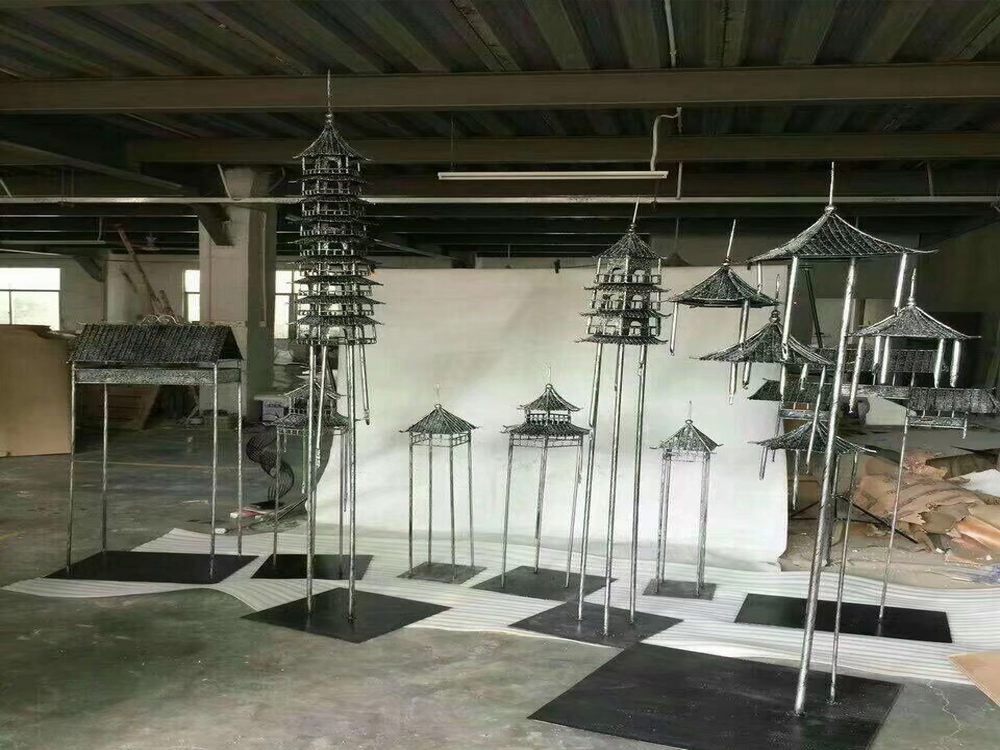
Auction houses employ a meticulous process to evaluate and price stone sculptures, balancing artistry, history, and market trends. Key factors include the sculpture's provenance, which traces its ownership history and authenticity. Renowned artists or historical significance can dramatically increase value.
Craftsmanship is another critical element. Auction experts examine the quality of carving, material rarity (such as marble or jade), and the sculpture's condition. Damage or restoration can affect pricing, with pristine pieces commanding higher bids.
Market demand plays a pivotal role. Auction houses analyze recent sales of comparable works, adjusting estimates based on collector interest. For instance, classical Greco-Roman sculptures may fetch premium prices in European markets, while Asian stone carvings thrive in regional auctions.
Finally, auction houses consider exhibition history and documentation. Sculptures displayed in major museums or accompanied by scholarly research often gain credibility, boosting their appraisal. By synthesizing these factors, auctioneers set realistic estimates that attract buyers while ensuring fair value for sellers.

